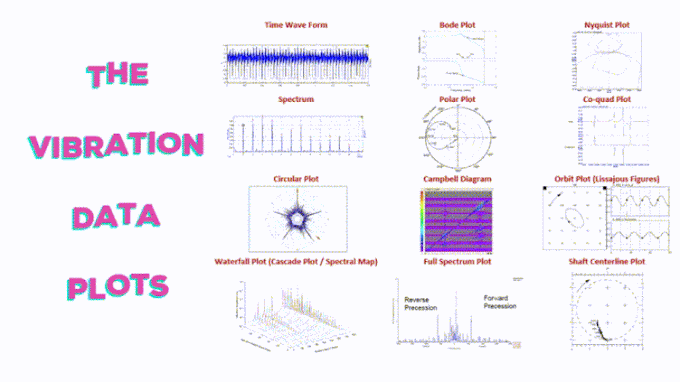Automatic Voltage Regulator
As the name suggests, Automatic Voltage Regulator is used to regulate the voltage. It is also referred as AVR. It changes the fluctuated voltage into constant voltage. This fluctuation of voltage usually occurs because of the variations in the load of the supply system. This variations in the voltage can damage the electrical equipment of the power system and it can be controlled by using the voltage control system at several places in the power systems like Generators (Alternators), Feeders, Transformers etc. This voltage control system is called as Automatic Voltage Regulator (AVR).
 |
We can see from the below attached graph that going from no load to full load, the voltage of an unregulated AC system can vary 30% or more while the system having AVR can get back to its constant voltage slowly but efficiently.
The need of an AVR in Synchronous Generators/Alternators:
The output voltage and the frequency of the Alternators has to be fixed in the power generating stations. Therefore, it is necessary to automatically control the generator’s voltage and keep it constant when Rotating speed (Revolution per minute) of the alternator changes. This is done to prevent the alternator’s voltage from being too high to burn out the power system itself. Similarly, it also prevents the voltages from being too low to malfunctioning the power systems and equipment.
Since the Alternator is mechanically coupled with the shaft of an Engine, therefore the speed of synchronous generator (Alternator) will change with the change of engine speed. But in real, we need to maintain a fixed speed of alternator so that we can get our constant and fixed voltage. This is where we have to use AVR in the alternator. It automatically check the output voltage and matches it with its predetermined set value, through which it controls the speed and ultimately the voltage.
Working Principle of Voltage Regulator:
It work mainly on the detection of errors. The output of a Synchronous generator is sensed and measured by a potential transformer which is than rectified, filtered and compared with the predetermined reference voltage. The resulted difference between the actual measured and the set voltage is called as error signal or error voltage. This error voltage is amplified by an amplification circuit and supplied to the main exciter in the alternator which basically increase or decrease the excitation of the system. The main purpose is to reduce the error signal to zero or an acceptable value.
What happens if a generator AVR fails?
If the AVR on your generator fails, then the generator will lose excitation. This loss of excitation will cause the voltage to fall suddenly at the generator and this loss of voltage should cause the generator to shut down on an under-voltage fault.
If your generator does not have under-voltage protection set, then the generator may continue to run, which could cause severe damage to your equipment.










